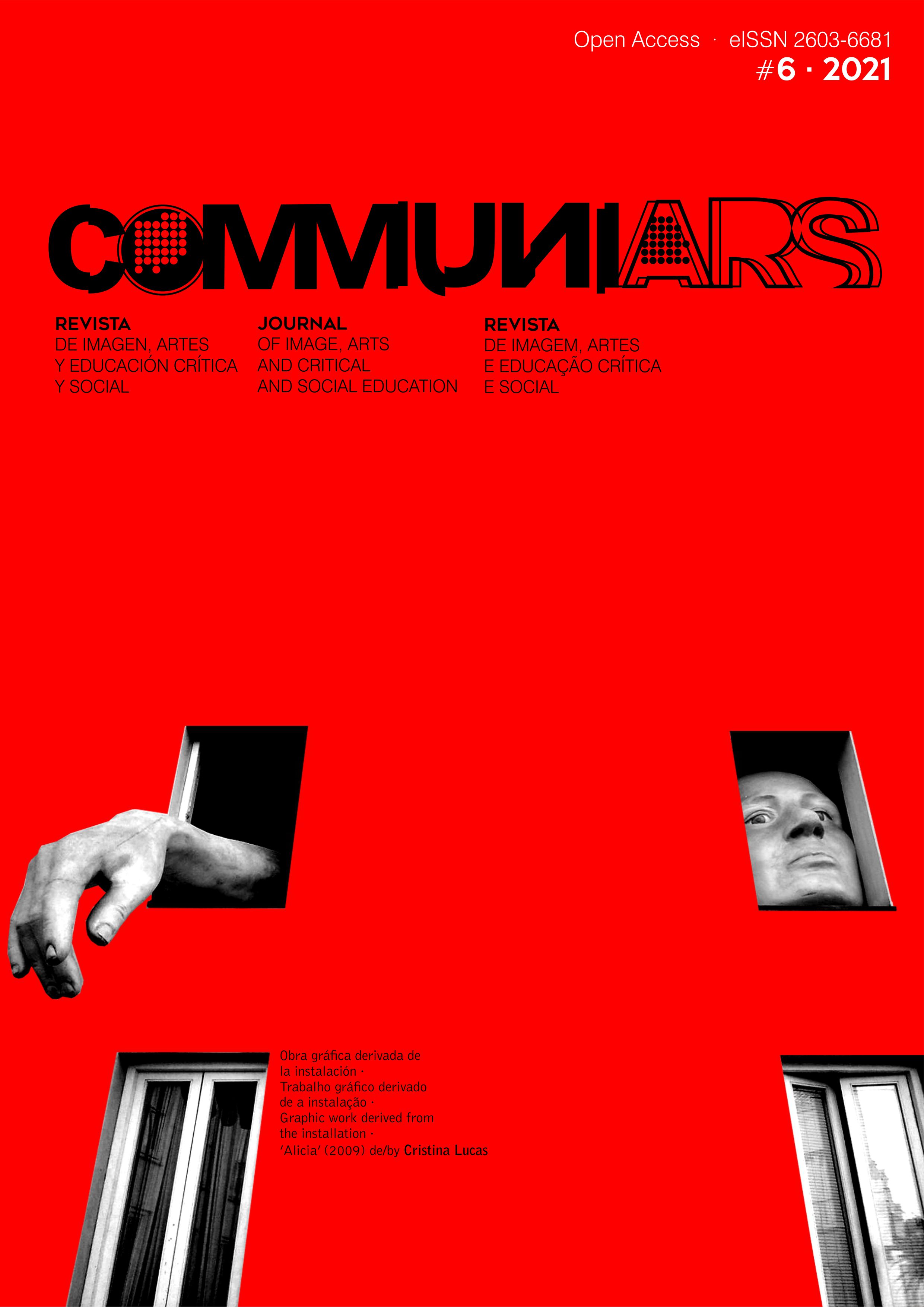El acto transformador del kintsugi en la educación secundaria
Main Article Content
Abstract
The article includes the need to create new methodologies in traditional education that include student divergence, creativity and assimilates frustration so that it does not lead to school dropout.
In the divergence section, learning to be wrong takes stock of kintsugi (which is a Japanese technique that revalues the crack in porcelain pieces) as an educational tool that generates reflection and analysis, leaving art education in what pieces are “beautiful” and what are “ugly”. Its value has gone beyond the aesthetic movement to become part of oriental culture. The kintsugi methodology continues to be a basic part of artistic and scientific research. An experimental laboratory of life where making is part of learning and serves to give rise to new responses with artivist actions necessary in today’s high school classrooms as well as exposing great errors that changed history (medicine, photography, among others).
Finally, the conclusion of the A/r/tivism kintsugi is addressed as a strategic methodology for students in secondary education, both inside and outside the classroom.
Downloads
Article Details

This work is licensed under a Creative Commons Attribution-NonCommercial-ShareAlike 4.0 International License.
Los textos e imágenes publicados en la presente revista están bajo licencia Creative Commons (BY-NC-SA. 4.0 Internacional), salvo aquellas obras visuales que el/la autor/a señale con otra licencia y permiso. En este caso la coordinación de la revista queda eximida de la responsabilidad legal que derive de la misma y si no fuera una licencia abierta la obra quedará publicada con derecho a cita o uso justo.

